Home>Gardening & Outdoor>Landscaping Ideas>How Long Does Grass Killer Take To Work
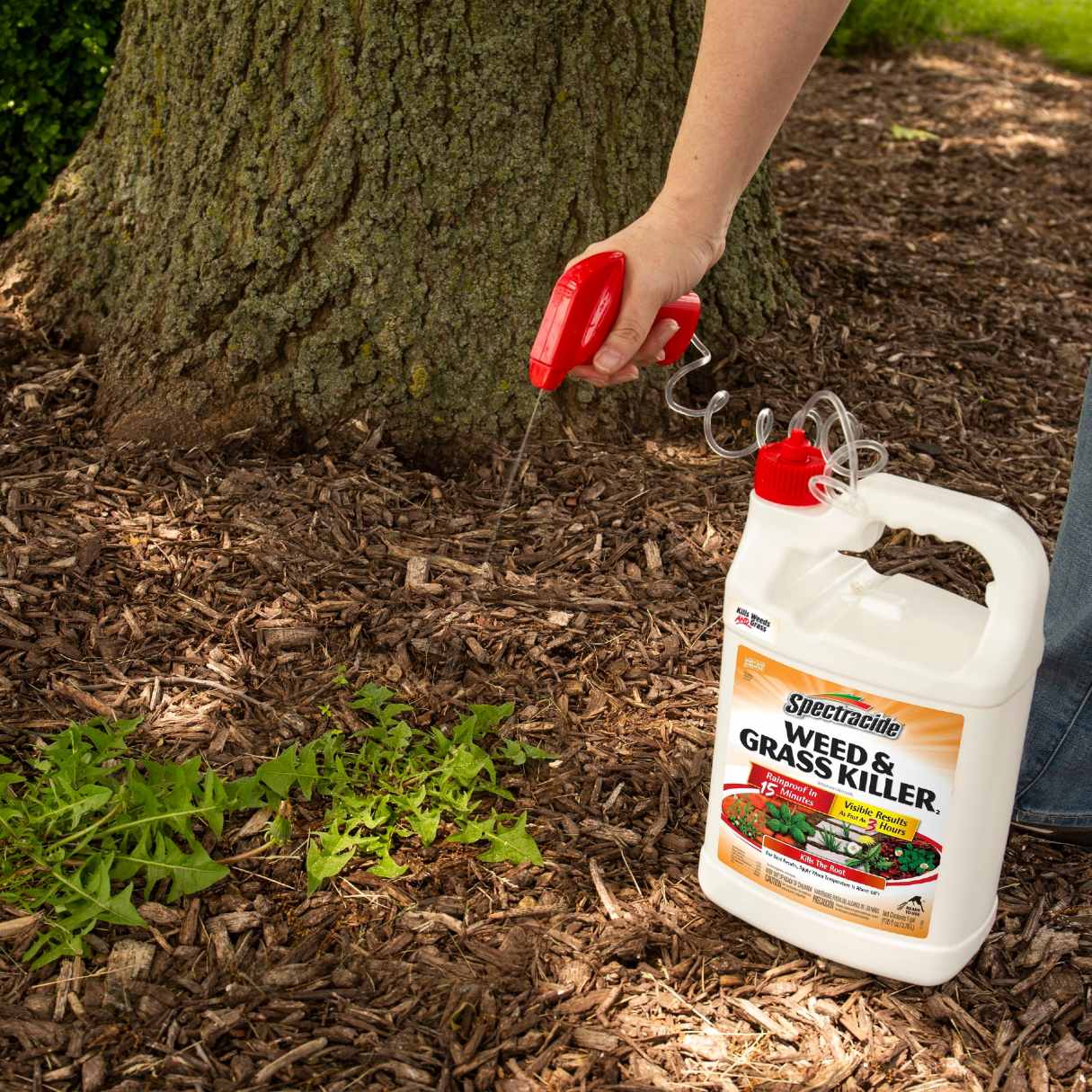

Landscaping Ideas
How Long Does Grass Killer Take To Work
Modified: April 21, 2024
Discover how long it takes for grass killer to work and get expert landscaping ideas to achieve a lush, weed-free lawn. Explore effective solutions for your landscaping needs.
(Many of the links in this article redirect to a specific reviewed product. Your purchase of these products through affiliate links helps to generate commission for Storables.com, at no extra cost. Learn more)
Introduction
When it comes to maintaining a pristine landscape, the battle against unwanted grass and weeds can be a relentless struggle. Whether you're aiming to clear a patch of land for a new garden or seeking to eradicate invasive grass species, the effectiveness of grass killer products is a crucial consideration. Understanding the timeline for these products to take effect is essential for planning and achieving desired results.
Grass killers, also known as herbicides, are designed to eliminate unwanted grass and weeds by disrupting their growth and ultimately causing their demise. However, the speed at which these products work can vary significantly based on several factors, including the type of grass killer used, environmental conditions, and the specific species of grass or weed targeted.
In this comprehensive guide, we will delve into the factors that influence the effectiveness of grass killers, explore the distinctions between fast-acting and slow-acting products, and provide valuable tips for maximizing the effectiveness of grass killers. By gaining a deeper understanding of these key aspects, you will be better equipped to make informed decisions and achieve optimal results in your landscaping endeavors.
Let's embark on a journey to uncover the intricacies of grass killers and unveil the secrets to effectively combating unwanted grass and weeds in your outdoor spaces.
Key Takeaways:
- Fast-acting grass killers work quickly by causing visible effects within hours to days, making them great for immediate weed control needs and enhancing the look of outdoor spaces.
- Slow-acting grass killers provide long-lasting weed control by targeting the internal processes of plants, offering sustained suppression and minimizing the need for frequent re-treatments.
Factors Affecting Grass Killer's Effectiveness
The effectiveness of grass killers, or herbicides, can be influenced by a myriad of factors, each playing a pivotal role in determining the speed and thoroughness of the product's action. Understanding these factors is essential for optimizing the use of grass killers and achieving the desired results in landscaping and weed control efforts.
1. Type of Grass Killer:
Different types of grass killers are formulated to target specific types of grass and weeds. Selective herbicides are designed to target specific types of plants while leaving desirable vegetation unharmed, whereas non-selective herbicides are designed to eliminate a broad spectrum of plant species. The specific formulation and active ingredients of a grass killer can significantly impact its effectiveness and the timeline for visible results.
2. Environmental Conditions:
Environmental factors such as temperature, humidity, and sunlight can profoundly influence the effectiveness of grass killers. Optimal conditions, such as warm temperatures and moderate humidity, can enhance the absorption and translocation of herbicidal compounds within the targeted plants, leading to expedited results. Conversely, adverse environmental conditions may hinder the efficacy of grass killers, necessitating strategic timing for application.
3. Growth Stage of Targeted Plants:
The growth stage of the targeted grass or weed species is a crucial determinant of herbicidal effectiveness. Plants in active growth stages, characterized by vigorous metabolic activity and extensive foliage, are more receptive to herbicidal uptake and translocation. Conversely, dormant or stressed plants may exhibit reduced susceptibility to grass killers, necessitating tailored application strategies.
4. Application Rate and Technique:
The method and rate of herbicide application play a pivotal role in determining the efficacy of grass killers. Proper calibration of equipment, uniform coverage of targeted areas, and adherence to recommended application rates are essential for maximizing herbicidal effectiveness. Additionally, employing appropriate application techniques, such as spot treatments or broadcast applications, can optimize the impact of grass killers while minimizing potential environmental impact.
5. Soil Composition and pH:
The composition and pH of the soil in the treatment area can influence the availability and activity of herbicidal compounds. Soil factors such as organic matter content, texture, and pH levels can impact the absorption, retention, and degradation of grass killers, ultimately influencing their effectiveness. Understanding the soil characteristics and their interaction with herbicidal compounds is crucial for achieving consistent and predictable results.
By considering these multifaceted factors that affect the effectiveness of grass killers, landscapers and homeowners can make informed decisions regarding product selection, application timing, and techniques, ultimately maximizing the impact of herbicidal treatments in their outdoor spaces.
Fast-Acting Grass Killers
Fast-acting grass killers, also known as contact herbicides, are designed to deliver rapid and visible results shortly after application. These herbicidal formulations are engineered to swiftly disrupt the physiological processes of targeted plants upon contact, leading to rapid wilting, browning, and eventual death. The distinctive characteristic of fast-acting grass killers lies in their ability to exhibit visible effects within a relatively short timeframe, making them valuable tools for addressing immediate weed control needs and enhancing the aesthetic appeal of outdoor spaces.
One of the key attributes of fast-acting grass killers is their rapid onset of action, which is particularly advantageous in scenarios where prompt eradication of unwanted grass and weeds is essential. Upon application, these herbicides swiftly penetrate the foliage and stems of targeted plants, interfering with essential metabolic pathways and cellular functions. This disruption leads to a rapid collapse of cellular integrity, resulting in visible symptoms such as wilting, desiccation, and discoloration within hours to days, depending on the specific product and environmental conditions.
The expedited action of fast-acting grass killers provides immediate gratification for users seeking swift results in their landscaping endeavors. Whether used for spot treatments in lawns, pathways, or ornamental beds, these herbicidal formulations offer a tangible and rapid resolution to the presence of unwanted vegetation. Additionally, the rapid desiccation and deterioration of targeted plants contribute to the efficient clearance of treated areas, facilitating subsequent landscaping activities and minimizing visual disruptions caused by dying or decaying vegetation.
It is important to note that while fast-acting grass killers deliver rapid visible effects, their mode of action is primarily limited to the areas of direct contact with the herbicidal solution. As a result, thorough coverage and contact with the foliage and stems of targeted plants are crucial for maximizing the efficacy of fast-acting herbicides. Additionally, the transient nature of these products necessitates vigilance in monitoring treated areas for potential re-growth or new weed emergence, requiring proactive management to maintain long-term weed control.
Incorporating fast-acting grass killers into weed management strategies can provide immediate relief from the presence of unwanted grass and weeds, offering a quick and visually impactful solution to enhance the beauty and functionality of outdoor spaces. By leveraging the rapid action of these herbicidal formulations, landscapers and homeowners can address urgent weed control needs and achieve expedited improvements in the appearance and maintenance of their landscapes.
Slow-Acting Grass Killers
Slow-acting grass killers, also referred to as systemic herbicides, are characterized by their methodical and sustained approach to eradicating unwanted grass and weeds. Unlike their fast-acting counterparts, which deliver rapid visible effects shortly after application, slow-acting herbicidal formulations operate through a gradual and comprehensive process that targets the internal physiological mechanisms of targeted plants. This deliberate mode of action sets slow-acting grass killers apart, offering unique benefits and considerations for effective weed control and landscaping management.
The distinguishing feature of slow-acting grass killers lies in their systemic translocation within targeted plants following application. Upon contact with the foliage or soil uptake, these herbicidal compounds are absorbed and transported throughout the vascular system of the plants, reaching various tissues and organs. This systemic movement enables the herbicides to disrupt essential metabolic processes, such as photosynthesis and nutrient transport, leading to a progressive decline in the health and vitality of targeted grass and weed species.
The gradual nature of the effects exhibited by slow-acting grass killers necessitates patience and a long-term perspective when evaluating their effectiveness. Unlike fast-acting herbicides, which provide immediate visual feedback, the impact of slow-acting formulations becomes increasingly apparent over an extended timeframe, typically spanning days to weeks. This delayed manifestation of herbicidal activity underscores the methodical and thorough approach of these products, as they systematically weaken and ultimately eliminate targeted plants from within.
One of the notable advantages of slow-acting grass killers is their comprehensive and enduring impact on targeted vegetation. By penetrating and affecting the internal physiological processes of plants, these herbicidal formulations can deliver sustained control and suppression of unwanted grass and weeds, preventing re-growth and minimizing the need for frequent re-treatments. Additionally, the systemic nature of slow-acting herbicides enables them to address underground rhizomes and root systems, contributing to more thorough and long-lasting weed control outcomes.
Incorporating slow-acting grass killers into weed management strategies offers a strategic and enduring approach to landscape maintenance and enhancement. While the visible effects may take time to fully materialize, the comprehensive and sustained impact of these herbicidal formulations can yield lasting improvements in the appearance and health of outdoor spaces. By embracing the deliberate and methodical nature of slow-acting grass killers, landscapers and homeowners can achieve persistent and effective weed control, fostering vibrant and well-maintained landscapes over the long term.
Tips for Maximizing Grass Killer's Effectiveness
-
Timing Is Key: Selecting the optimal time for grass killer application is crucial for maximizing its effectiveness. Consider the growth stage of the targeted grass or weed species, aiming to treat them during periods of active growth when they are most receptive to herbicidal uptake. Additionally, monitoring weather forecasts to identify periods of favorable environmental conditions, such as moderate temperatures and minimal rainfall, can enhance the efficacy of grass killers.
-
Proper Application Techniques: Ensuring precise and uniform application of grass killers is essential for achieving thorough coverage and consistent results. Calibrate application equipment according to manufacturer recommendations, and employ suitable techniques such as spot treatments for targeted control or broadcast applications for larger areas. Attention to detail during application can minimize herbicide waste and maximize its impact on unwanted vegetation.
-
Adhere to Recommended Rates: Following the recommended application rates specified by herbicide manufacturers is critical for optimizing effectiveness while minimizing potential risks. Avoiding under-dosing, which may result in incomplete control, and over-dosing, which can lead to unnecessary environmental impact, is essential for achieving the desired balance of efficacy and safety.
-
Enhance Herbicidal Activity: Consider incorporating adjuvants, such as surfactants or spreader-stickers, to enhance the activity and adherence of grass killers to targeted plants. These additives can improve herbicidal coverage and penetration, particularly on waxy or resistant foliage, leading to enhanced effectiveness and consistent results.
-
Monitor and Manage Re-Growth: Vigilance in monitoring treated areas for potential re-growth or new weed emergence is crucial for maintaining long-term weed control. Implement proactive management strategies to address any re-growth promptly, which may involve follow-up treatments or alternative control methods to prevent the resurgence of unwanted vegetation.
-
Soil Preparation and pH Management: Understanding the soil composition and pH levels in the treatment area can influence the availability and activity of herbicidal compounds. Conducting soil tests and addressing any imbalances or deficiencies can optimize the efficacy of grass killers, ensuring that the targeted plants are receptive to herbicidal treatments.
By incorporating these tips into your weed management practices, you can maximize the effectiveness of grass killers, achieving optimal results in controlling unwanted grass and weeds while promoting the health and beauty of your outdoor spaces.
Conclusion
In the realm of landscaping and weed control, the effectiveness of grass killers holds significant implications for the maintenance and enhancement of outdoor spaces. As we conclude our exploration of grass killers and their impact on weed management, it becomes evident that the diverse array of herbicidal formulations, encompassing both fast-acting and slow-acting varieties, offers versatile solutions for addressing the presence of unwanted grass and weeds.
The multifaceted factors influencing the effectiveness of grass killers, ranging from environmental conditions and application techniques to the growth stage of targeted plants, underscore the intricate interplay of variables that shape the outcomes of herbicidal treatments. By understanding and leveraging these factors, landscapers and homeowners can make informed decisions regarding product selection, application timing, and strategies for maximizing the impact of grass killers in their outdoor environments.
The distinction between fast-acting and slow-acting grass killers unveils a spectrum of approaches to weed control, each with its unique benefits and considerations. Fast-acting herbicides deliver immediate visible effects, offering swift resolution to urgent weed control needs and facilitating rapid improvements in the aesthetic appeal of landscapes. On the other hand, slow-acting herbicides operate through a deliberate and sustained process, providing comprehensive and enduring control of unwanted vegetation, contributing to long-term landscape health and vitality.
Furthermore, the tips for maximizing grass killer effectiveness serve as valuable guidelines for optimizing the outcomes of herbicidal treatments, emphasizing the importance of timing, precise application, adherence to recommended rates, and proactive management of re-growth. By incorporating these strategies into weed management practices, landscapers and homeowners can harness the full potential of grass killers, achieving effective and sustainable control of unwanted grass and weeds while promoting the beauty and functionality of outdoor spaces.
In essence, the journey through the intricacies of grass killers unveils a nuanced landscape of possibilities for weed control and landscaping management. By embracing the diverse range of herbicidal formulations, understanding the factors influencing their effectiveness, and implementing strategic approaches to maximize their impact, individuals can cultivate vibrant, well-maintained outdoor spaces that harmoniously blend beauty, functionality, and environmental stewardship. As we navigate the dynamic terrain of landscaping, the judicious use of grass killers emerges as a valuable tool in shaping landscapes that inspire and endure.
Frequently Asked Questions about How Long Does Grass Killer Take To Work
Was this page helpful?
At Storables.com, we guarantee accurate and reliable information. Our content, validated by Expert Board Contributors, is crafted following stringent Editorial Policies. We're committed to providing you with well-researched, expert-backed insights for all your informational needs.
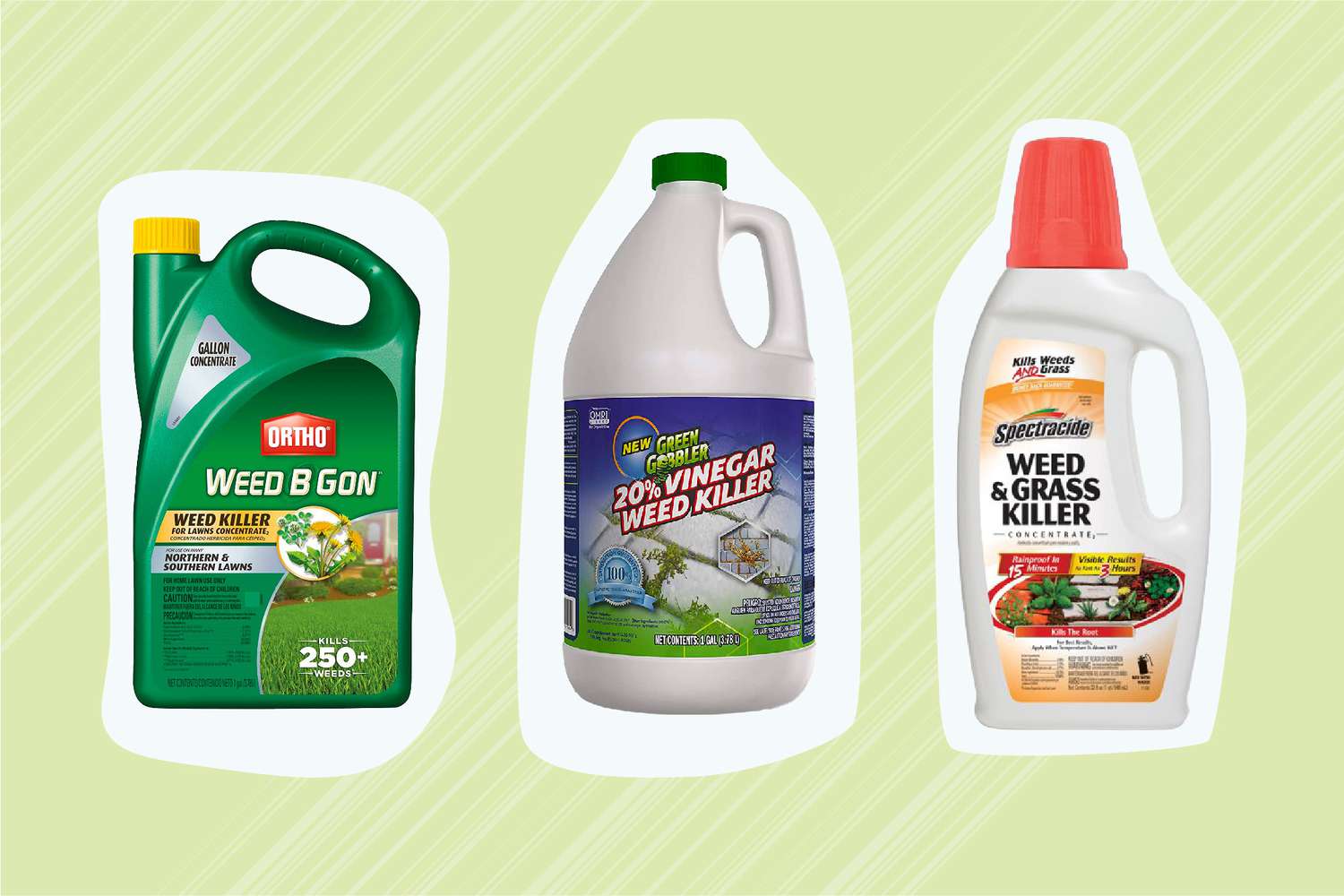

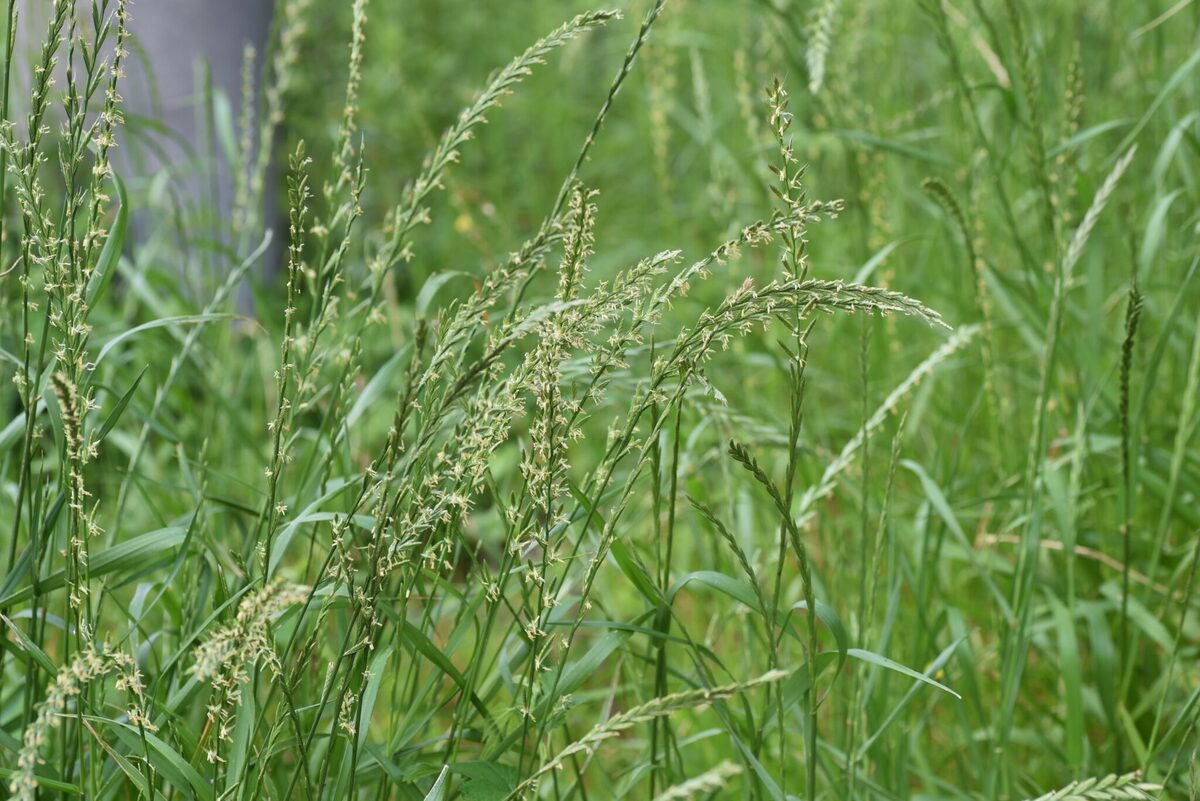

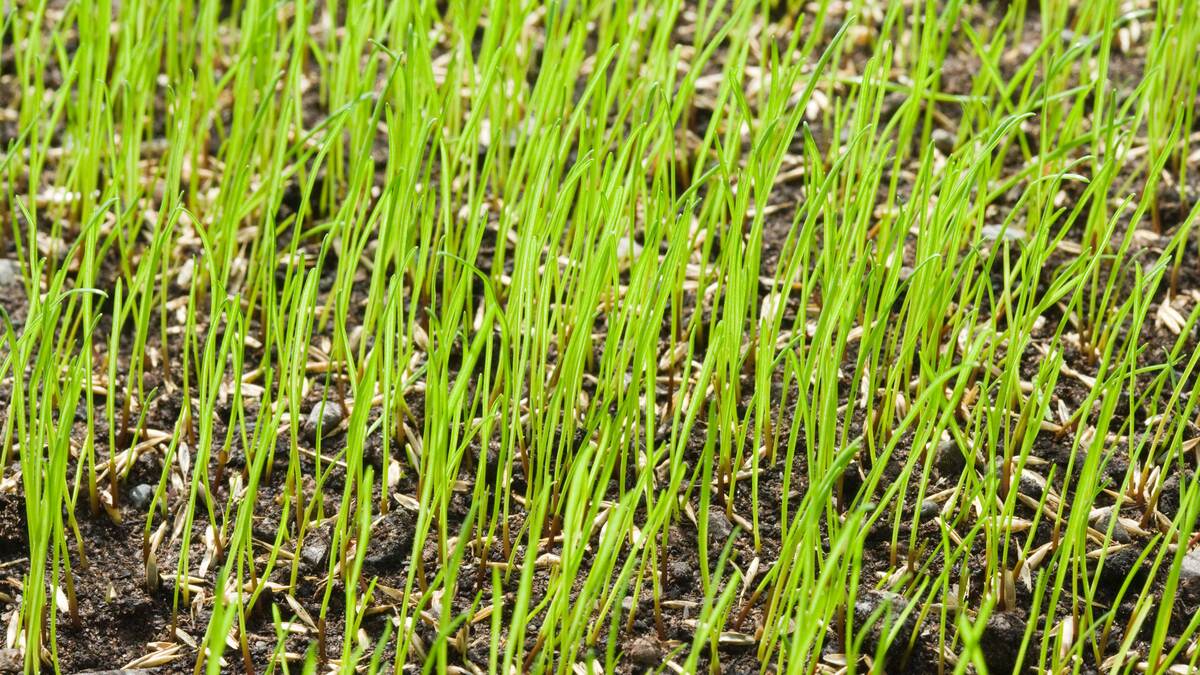
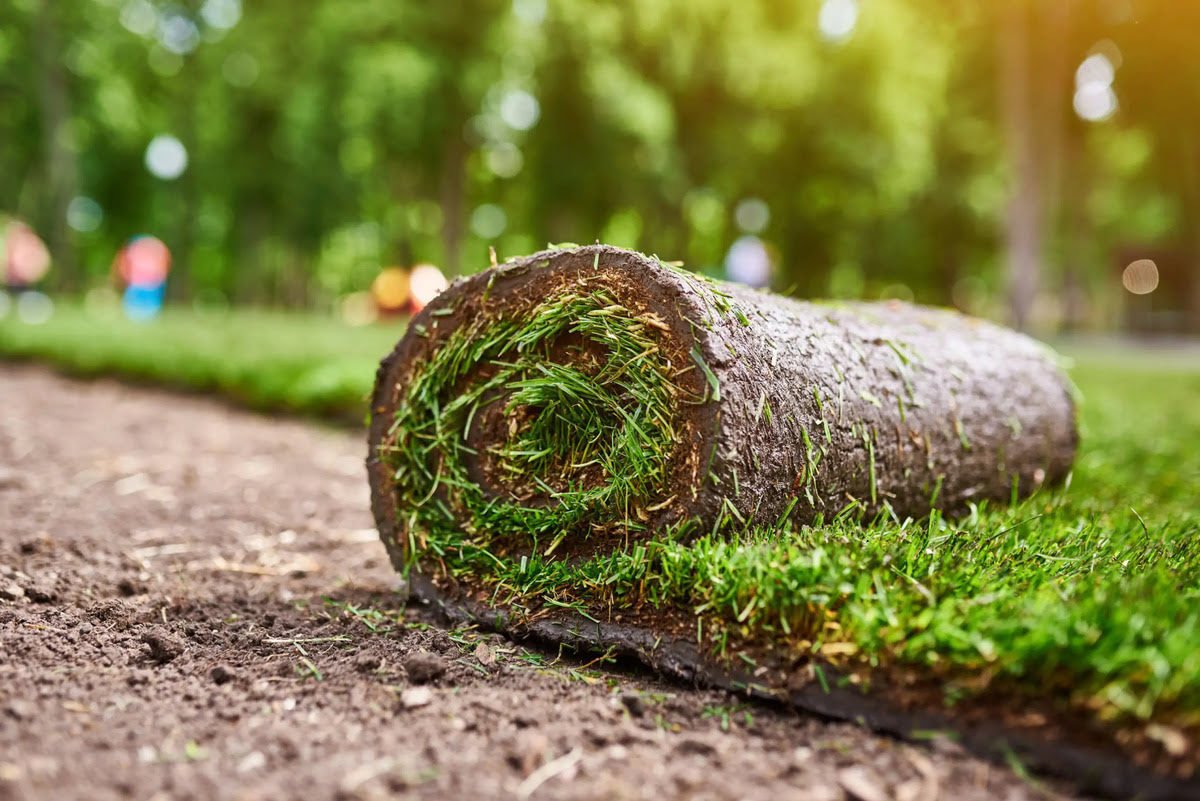
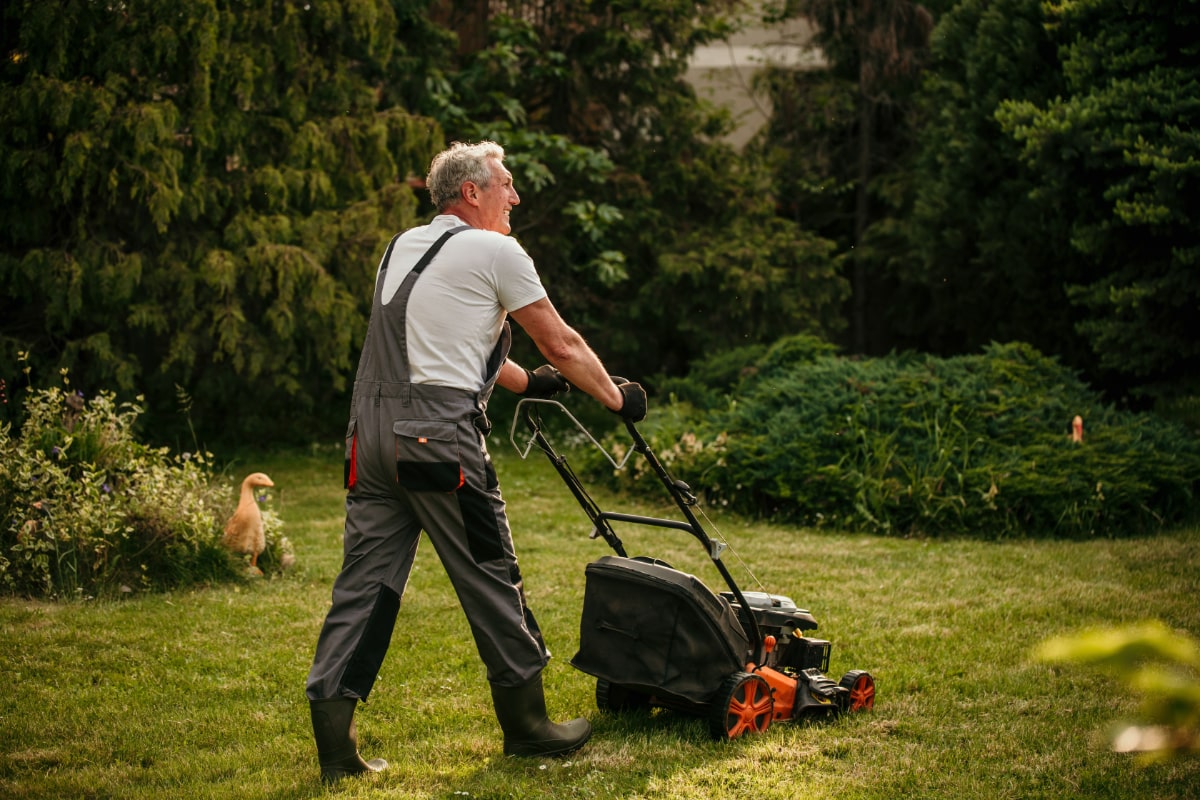
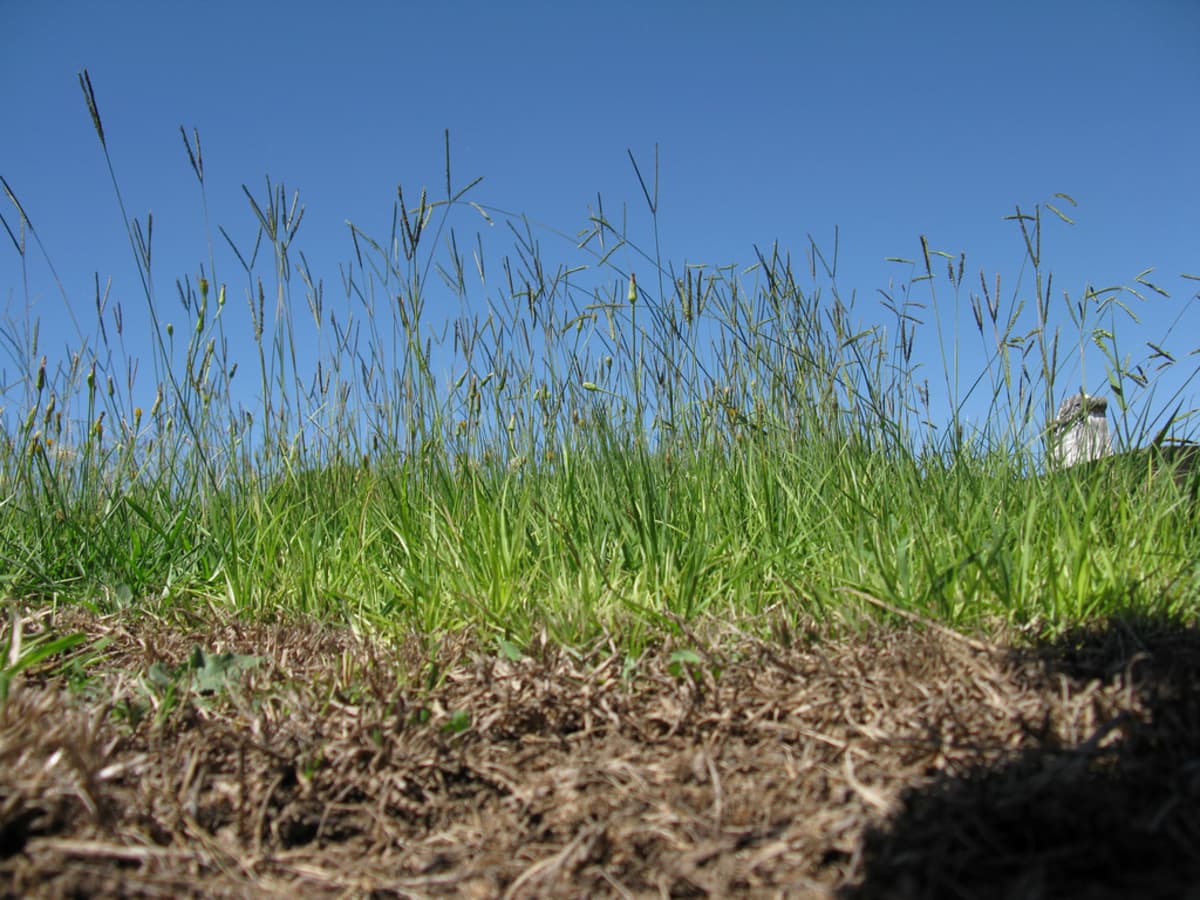

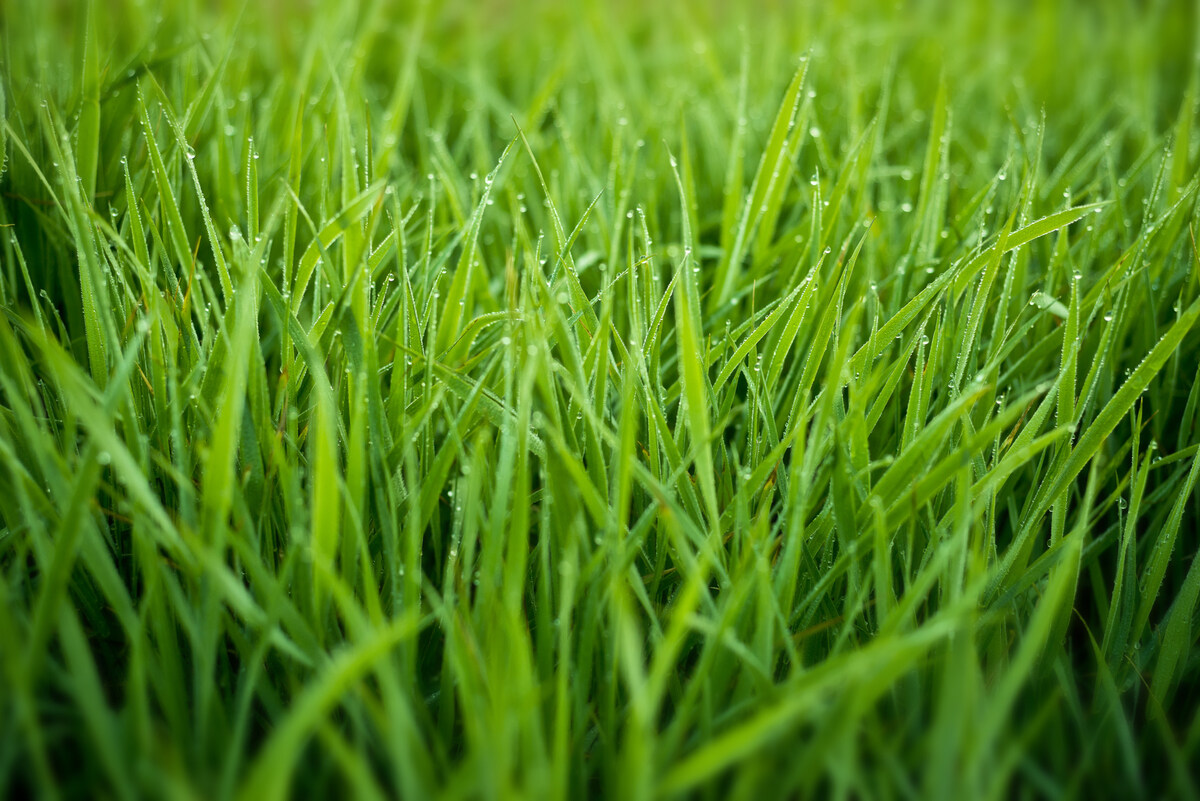
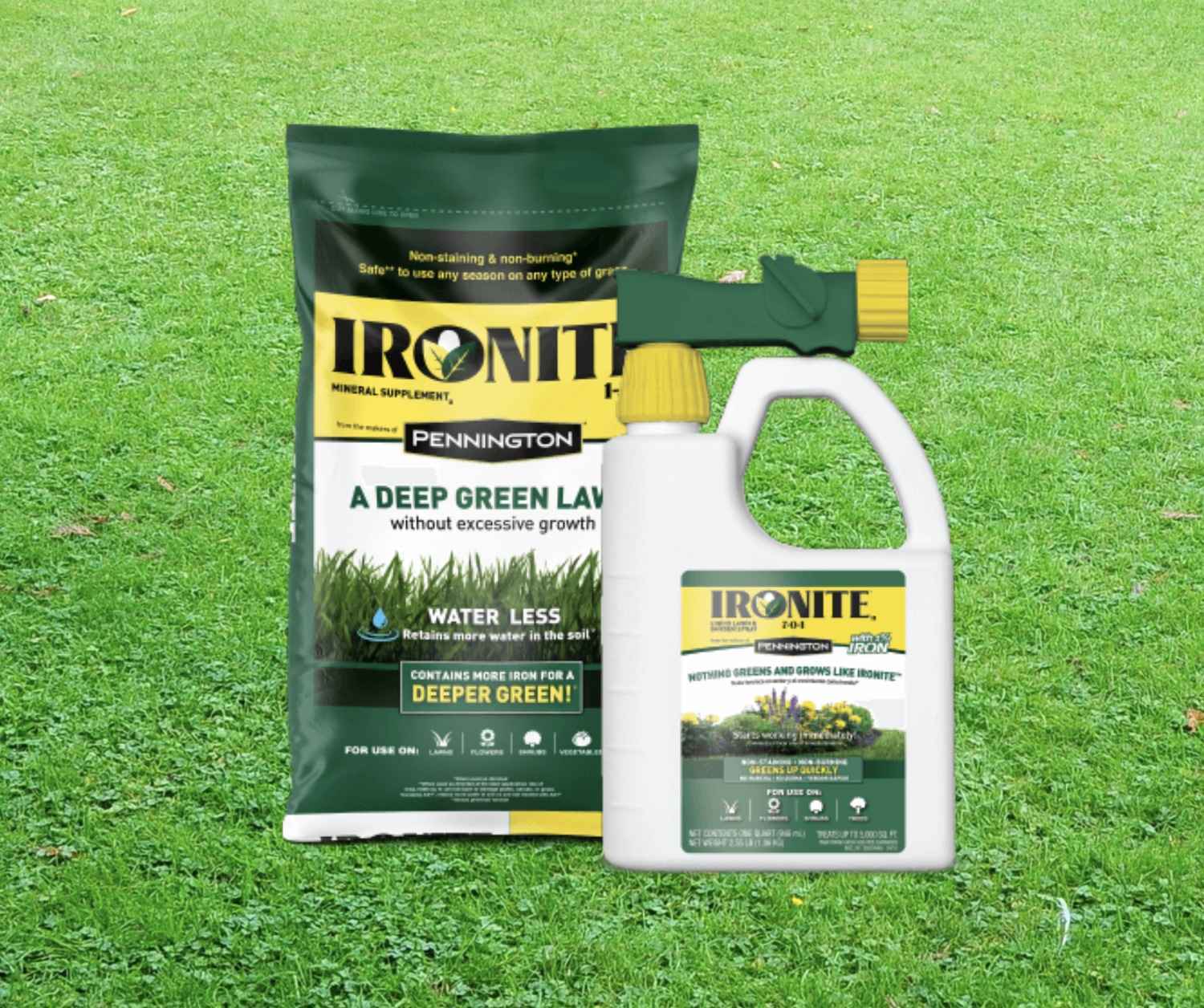



0 thoughts on “How Long Does Grass Killer Take To Work”